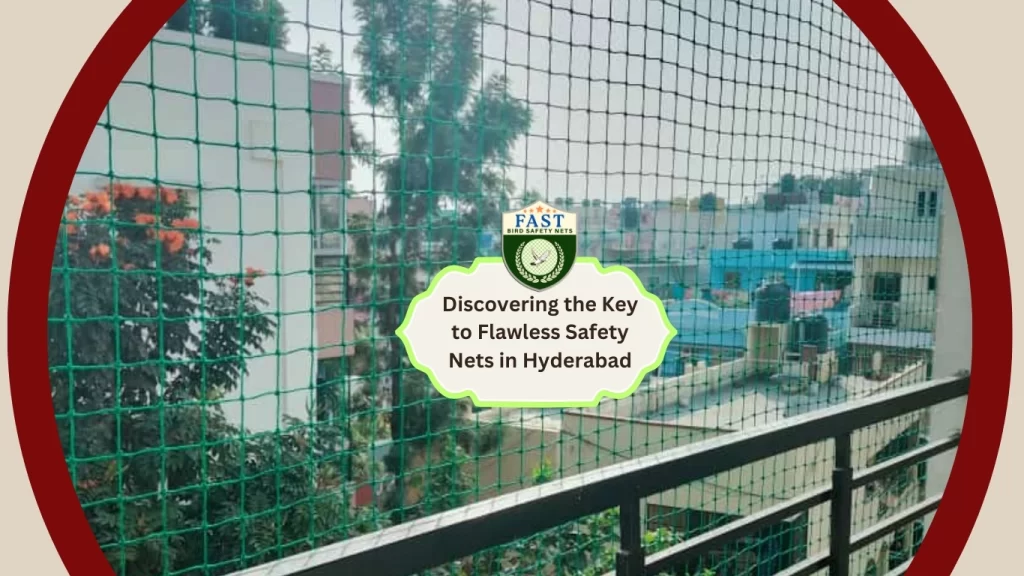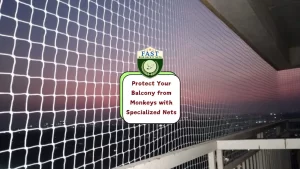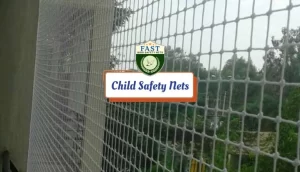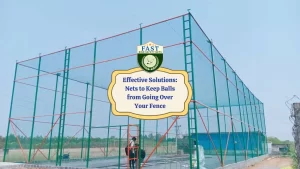Living in an urban environment like Hyderabad comes with its own set of challenges, especially when it comes to ensuring safety within residential spaces. Among the various safety measures available, safety nets stand out as a crucial solution, particularly in high-rise buildings and apartments. Whether it’s for protecting children, pets, or even preventing objects from falling off balconies, safety nets offer a reliable barrier. However, achieving flawless safety nets requires more than just installation; it involves understanding the nuances of materials, installation techniques, and ongoing maintenance. In this comprehensive guide, we delve into the key aspects of flawless safety nets in Hyderabad, covering everything from material selection to maintenance practices.
1. Understanding Safety Net Materials:
Safety nets come in various materials such as nylon, polyethylene, and polyester. Each material has its own set of characteristics, including durability, UV resistance, and mesh size. Nylon nets are known for their strength and longevity, while polyethylene nets offer excellent UV protection. Polyester nets are preferred for their lightweight and weather-resistant properties. Consider the specific requirements of your location and intended use when selecting the material for your safety net.
2. Choosing the Right Mesh Size:
The mesh size of safety nets plays a crucial role in their effectiveness. Opt for mesh sizes that are small enough to prevent small objects from passing through while still allowing adequate airflow and visibility. In residential settings, a mesh size of around 2 to 3 inches is typically suitable for preventing children and pets from slipping through the netting.
3. Ensuring Proper Installation:
Proper installation is essential for the effectiveness and longevity of safety nets. Hire experienced professionals who are familiar with local building codes and safety regulations. Ensure that the nets are securely anchored to the structure using high-quality fittings and hardware. Pay special attention to corners and edges, as these areas are prone to stress and require extra reinforcement.
4. Conducting Site Assessment:
Before installing safety nets, conduct a thorough assessment of the site to identify potential hazards and determine the best placement for the nets. Consider factors such as balcony size, height, and surrounding structures. Take into account any obstacles or protrusions that may affect the installation process or compromise the integrity of the nets.
5. Regular Maintenance Checks:
Once the safety nets are installed, it’s important to conduct regular maintenance checks to ensure they remain in optimal condition. Inspect the nets for signs of wear, tear, or damage, such as frayed edges or holes. As soon as possible, fix any damaged sections to stop further degradation. Additionally, clean the nets regularly to remove dirt, debris, and bird droppings, which can weaken the netting over time.
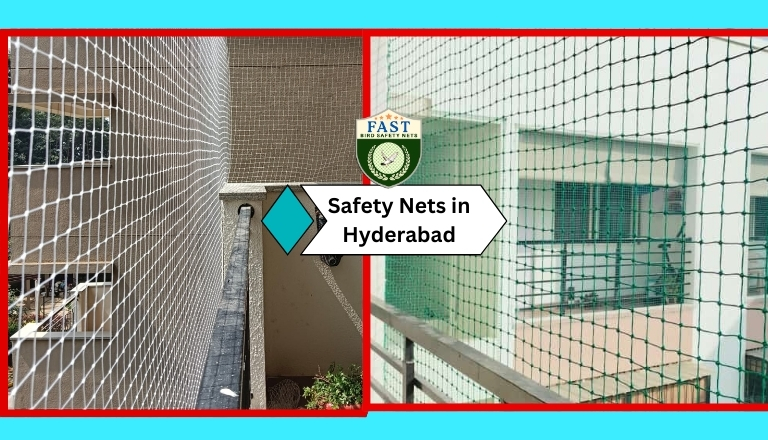
6. Investing in Quality Products:
When it comes to safety nets, quality should always be a top priority. Invest in nets made from high-quality materials that are designed to withstand the rigors of outdoor use. Choose reputable suppliers who offer warranties and guarantees on their products. While cost may be a consideration, compromising on quality could lead to safety hazards and costly repairs in the long run.
7. Educating Residents:
In residential complexes and apartment buildings, educating residents about the importance of safety nets is crucial for ensuring compliance and cooperation. Organize awareness campaigns or workshops to highlight the benefits of safety nets and provide tips for their proper use and maintenance. Encourage residents to report any issues or concerns regarding the safety nets promptly.
8. Staying Updated on Regulations:
Safety regulations and building codes related to safety nets may vary depending on the location and type of structure. Stay informed about any changes or updates to local regulations to ensure compliance with the law. Consult with relevant authorities or professionals to ensure that your safety nets meet the necessary standards and requirements.
9. Addressing Common Concerns:
Address common concerns or misconceptions regarding safety nets, such as their appearance, maintenance requirements, and durability. Provide reassurance to residents and stakeholders by highlighting the benefits of safety nets in enhancing overall safety and peace of mind.
10. Being Proactive in Maintenance:
Don’t wait until issues arise to address maintenance concerns. Be proactive in conducting regular inspections and maintenance activities to identify and resolve potential problems early on. This proactive approach can help prevent accidents and ensure the continued effectiveness of safety nets in protecting lives and property.
Conclusion:
Flawless safety nets are essential for ensuring the safety and well-being of residents in Hyderabad’s high-rise buildings and apartments. By understanding the key aspects of safety net selection, installation, and maintenance, property owners can create a safe and secure environment for occupants. Invest in quality materials, professional installation, and regular maintenance to ensure that safety nets provide reliable protection for years to come. With proper care and attention, safety nets can offer peace of mind and mitigate the risks associated with elevated spaces.

